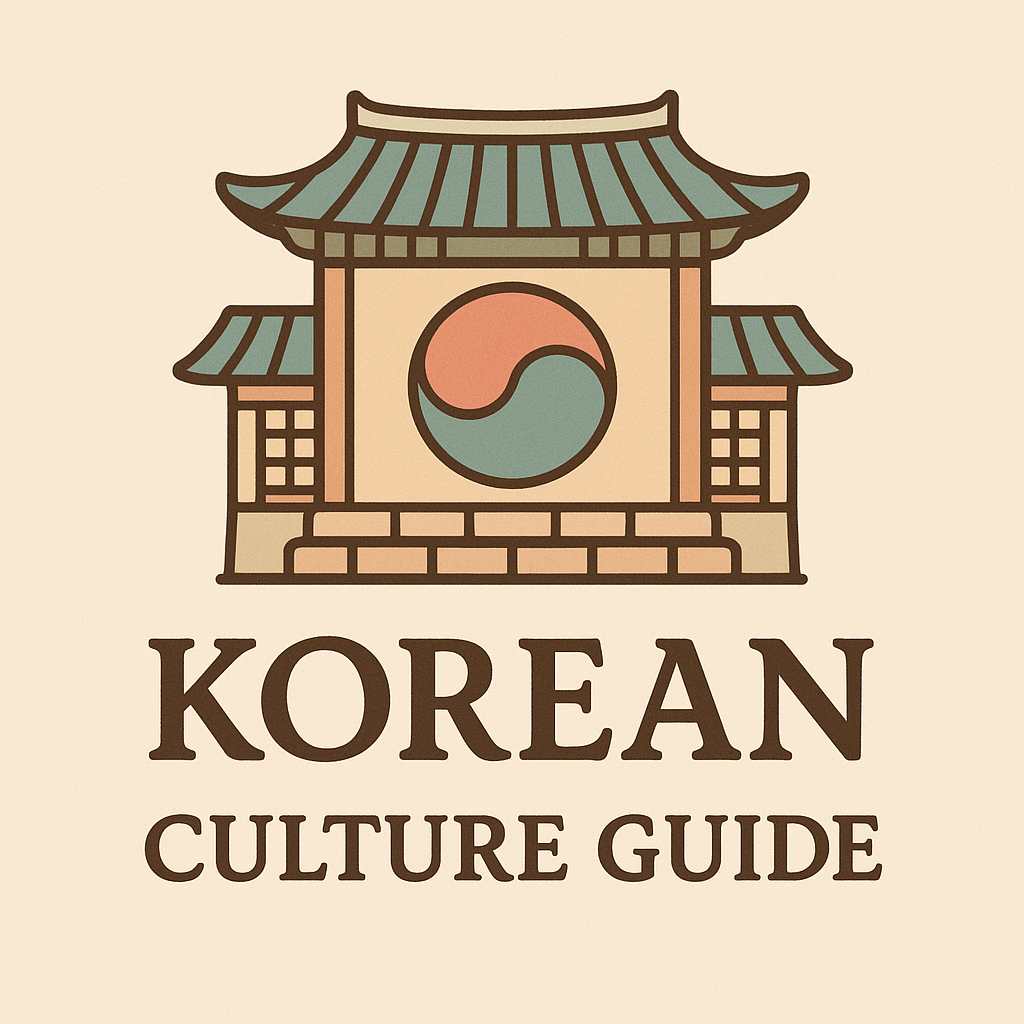-
contents
Hanji, Korea’s traditional handmade paper, is no ordinary sheet. Crafted from the bark of mulberry trees and coated in centuries of wisdom, this ancient paper has defied not only the passage of time but the destructive forces of fire, water, and decay. From royal archives to Buddhist scriptures, hanji has preserved Korea’s stories, art, and spirit for over a thousand years.
But hanji is more than just durable—it is symbolic. It represents harmony with nature, the resilience of culture, and the beauty of imperfection. In this article, we explore the origins, unique crafting process, spiritual symbolism, and survival power of hanji—Korea’s quiet but indestructible cultural hero.
What Is Hanji? The Paper Made to Last a Thousand Years
Hanji (한지) is traditional Korean handmade paper created from the inner bark of the dak (paper mulberry) tree. Unlike mass-produced modern paper, hanji is known for its incredible strength, flexibility, and longevity. Historical documents written on hanji have survived for over a thousand years with little to no degradation.
This durability isn't accidental. The fibers of the mulberry tree are long and tough, allowing the paper to be light yet nearly tear-proof. Hanji is also breathable and naturally resistant to mold and insects—making it ideal for preserving literature, artwork, and sacred texts in Korea’s humid climate.
Ancient scholars even called it “the paper that breathes.” And breath it did—carrying poetry, knowledge, and prayer across generations.
The Ancient Craft of Making Hanji
Making hanji is a time-intensive, highly skilled craft. It begins with harvesting the bark of the mulberry tree during winter, followed by steaming, stripping, boiling in lye, rinsing in icy water, and finally pounding the fibers by hand. The pulp is then mixed with hibiscus root extract to create a natural adhesive.
The sheet-forming process is known as "webal" or "heullim"—methods involving stirring and scooping the pulp onto a bamboo screen in flowing water. The resulting paper is sun-dried on wooden boards, creating a texture that is both smooth and breathable.
It’s not just labor—it’s artistry. Every sheet of hanji carries the fingerprint of its maker and the rhythms of nature from which it came.

Hanji in Korean History: From Royal Palaces to Sacred Texts
Hanji wasn’t just used for writing—it played a vital role in Korea’s cultural infrastructure. The royal court used hanji for recording laws, preserving family registries, and storing governmental records in mountain archives known as Sago.
Buddhist monks used hanji to print sutras, engrave woodblock texts, and create prayer scrolls. Some of these documents, printed over 800 years ago, are still intact today. Temples also used hanji to paste on statues or walls for preservation and ritual purposes.
The Joseon dynasty even used hanji in architecture—lining doors, walls, and windows to control light, regulate temperature, and improve insulation. It was not just paper—it was a cultural building block.
Fireproof, Timeproof: The Myth and Reality of Hanji’s Durability
One of the most intriguing claims about hanji is that it can survive fire. While not entirely fireproof, hanji burns very slowly compared to modern paper. Its layered, fibrous structure and natural oils make it less flammable. Historical incidents even record cases where hanji-covered texts survived fires that destroyed everything else.
But durability isn’t just about flames. Hanji’s resistance to insects, humidity, and light is scientifically verified. Western museums and conservationists have started to use hanji for restoration of ancient texts worldwide due to its incredible preservation qualities.
This durability has turned hanji into a metaphor for cultural resilience—a material that survives upheaval, yet remains soft and beautiful.
Beyond Writing: Hanji as Art, Clothing, and Healing
Hanji’s uses go far beyond scrolls and books. In Korean tradition, hanji was used to make shoji-style window panes, kites, fans, ceremonial robes, lamps, and even armor. Yes, armor—some Joseon warriors wore layered hanji vests hardened with lacquer.
Today, modern artists use hanji to create sculptures, fashion pieces, and mixed media installations. Its versatility, combined with its spiritual symbolism, makes hanji beloved by contemporary creators.
In traditional Korean medicine, hanji was used to wrap herbal ingredients and compress wounds. Some believed it had balancing properties due to its connection with nature and breathability.
The Modern Renaissance of Hanji: From Obscurity to Global Stage
For a time, hanji declined as industrial paper became the norm. But in recent decades, there’s been a hanji renaissance. Korean cultural centers, museums, and artisan groups are reviving this ancient craft through education, festivals, and exports.
Hanji workshops now attract international artists and conservators. Luxury brands have even experimented with hanji packaging for its eco-friendly appeal and elegant texture. UNESCO has recognized the cultural value of hanji craftsmanship as part of Korea’s intangible heritage.
Today, hanji stands as a symbol of how ancient wisdom and modern sustainability can meet. In a world of disposable materials, hanji offers something different: longevity with soul.
Why Hanji Still Matters in the Digital Age
In an era obsessed with speed and convenience, hanji reminds us of slowness, care, and connection. It is not just something to write on—it is something to reflect with. Each sheet carries the memory of hands, seasons, and silence.
Whether preserving a thousand-year-old scripture or holding the ink of a modern calligrapher, hanji represents a bridge between past and present, between what fades and what endures. It teaches us that true resilience is not hard and cold—but flexible, organic, and deeply rooted.
Hanji is not just paper. It’s a philosophy. And that’s why it still matters.
'culture' 카테고리의 다른 글
K_Culture Guide
Korea Vibes Blog shares real stories, cultural insights, and travel tips from Korea. Discover what makes Korean life so unique.
